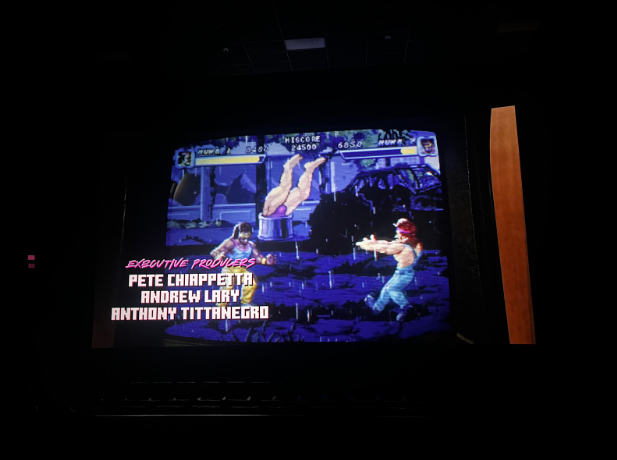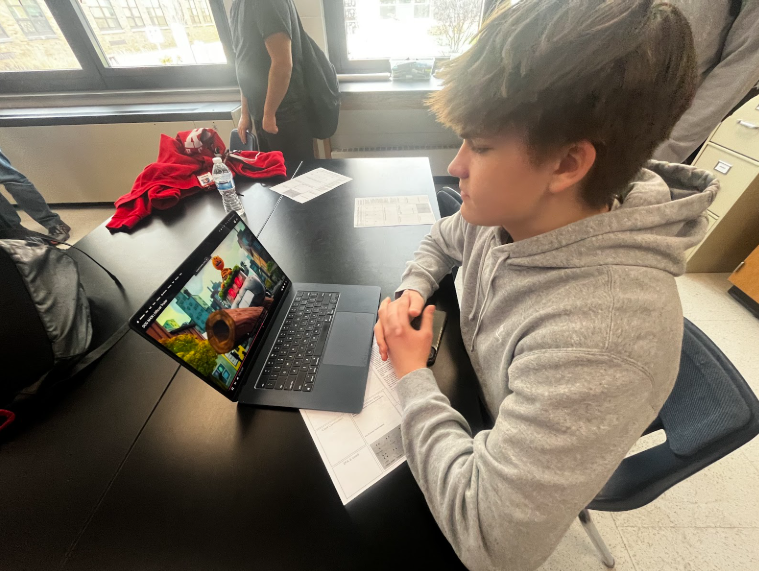There is no disputing that the “Kony 2012” campaign video has succeeded in its first stepmake Joseph Kony famous. Spreading through social media like wild fire, the YouTube video, released on March 5, became an enormous concern for Central students. However, after less than a week, it has dwindled to nothing more than a short-lived fad.
The Invisible Children movement knows how to harness the power of technology and social media to fuel their cause. Unfortunately, while social media is the catalyst of the Invisible Children movement, progress hits a wall when students stop at re-posting and re-tweeting the same material. In addition, students’ reposting and re-tweeting is done with ignorance and is spreading awareness about an organization that is under much scrutiny.
We tweeted it, we made it our Facebook status, now what? That is the question that students face after they watch the “Kony 2012” video. However, while many do not continue further inquiry, there is much more to the Kony movement than what is shown in the 28-minute video. We have learned in many of our classes about propaganda and its consequences, but failed to recognize it when it illuminated our faces through our computer screen instead of in a textbook as we are accustomed.
Recently Jedidiah Jenkins, Invisible Children’s Director of Ideology, made an appearance on the Today Show and said, “Thirty-seven percent of our budget goes directly to African- related programs, about 20 percent goes to salaries and overhead, and the remaining 43 percent does goes to our awareness programs… But aside from that, the truth about Invisible Children is that we are not an aid organization, and we don’t intend to be. I think people think we’re over there delivering shoes or food. But we are an advocacy and awareness organization.”
Frankly, the reason people think that the Invisible Children organization is delivering “shoes or food” along with other aid is because the “Stop Kony 2012” video portrays exactly that. The video claims proudly how it is using funds to build schools to improve the education of the people. A majority of the footage is also shot in Uganda showing Jack Russell, the creator of the video and co-founder of the Invisible Children movement, on ground in Uganda helping the people. And because many students are only getting their information from the YouTube video, they remain unaware of the objective facts.
This is the problem. The makers of the “Kony 2012” video know how to exploit people’s emotions. We have all learned about ethos, pathos, logos. The video does an amazing job expressing an overwhelming amount of pathos. We get so caught up in the emotion that ethos and logos ignored.
There are clear reputation problems in the Invisible Children organization. Charity Navigator gives Invisible Children’s accountability 2/4 stars. An organization that gets an F for accountability is not credible. However, this is new to many as they are only getting their information from the Invisible Children site.
Moreover, on March 15, Russell was arrested after he was found drunk and exposing himself in public. He was allegedly seen “in various stages of undress, running through traffic and screaming” according to the San Diego Police Department. Obviously the instability of the creator of this YouTube sensation, who used the birth of his son as the intro to the film, should raise a red flag to the integrity of the video and the movement.
Although re-posting and re-tweeting about the Invisible Children movement will do little to end the actions of Joseph Kony, it does give the movement national attention. However, after further research of the Invisible Children organization, we discovered that it is mediocre at best. In this millennium, a student addressing the organization on their social media page is the same thing as voicing their support.
Our generation is constantly criticized for being wrapped up in social media. But this instance shows what one click can do. So why are we blindly casting our thumb votes? Look beyond what is shown in a 28 minute video. It matters.








